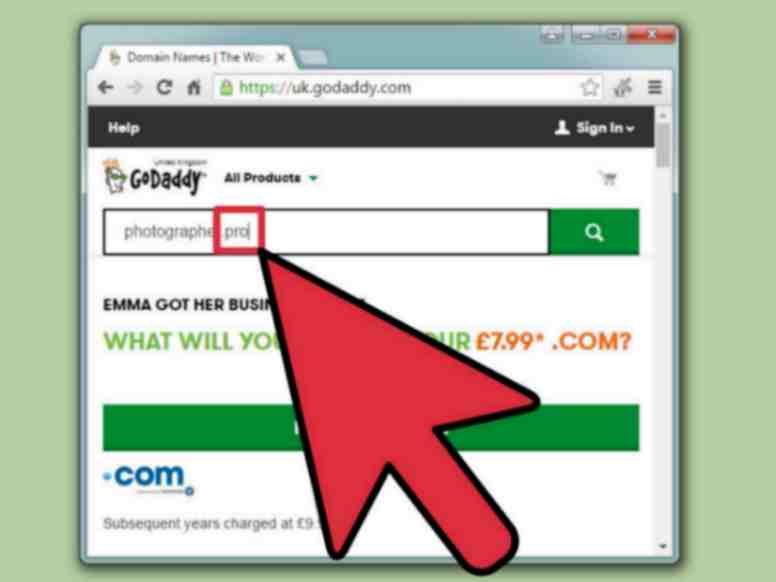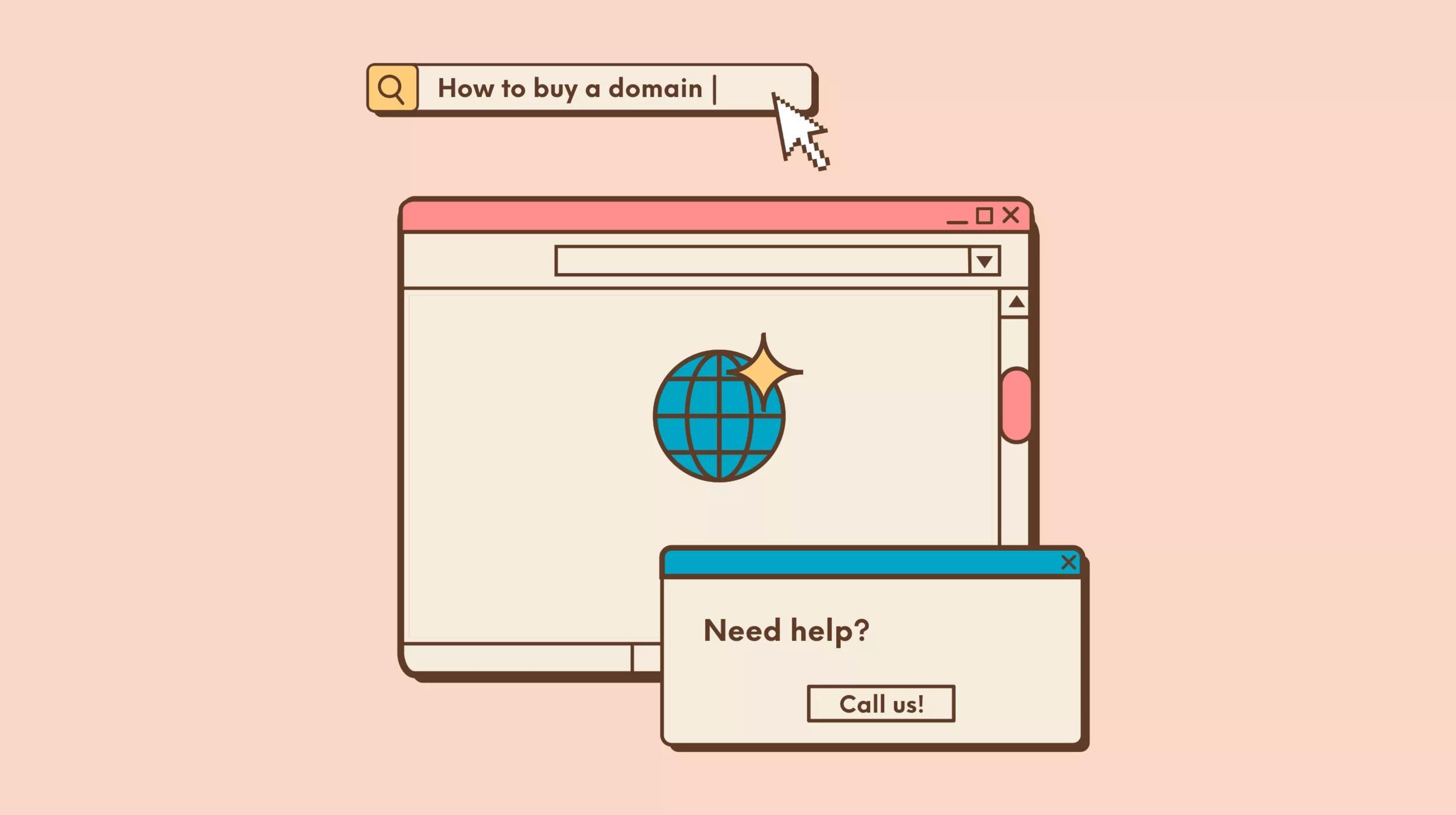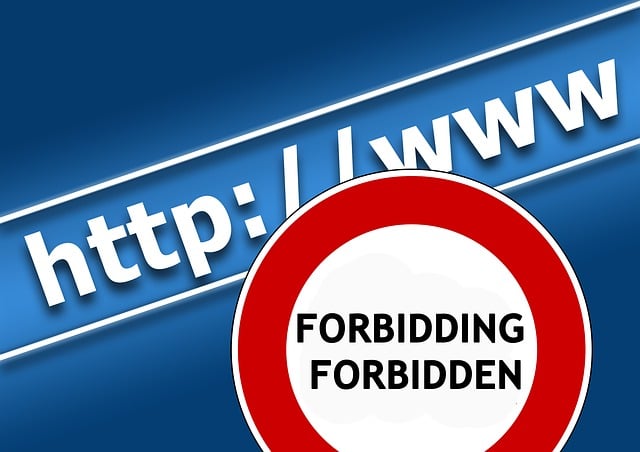Buying a domain name is the first step to creating your online presence. It’s simple, but you need to know a few steps.
A domain name is your website’s address on the internet. Think of it as your online identity. Owning a domain name helps people find your site easily. In this guide, you’ll learn how to buy a domain name. We’ll break down the process into easy steps.
Whether you’re starting a blog, an online store, or a business website, having your own domain is essential. It shows professionalism and makes your site easier to remember. Let’s dive in and get you the perfect domain name for your needs.

Credit: www.wikihow.com
Why A Domain Name Matters
A domain name is your online identity. It is the first thing people see. It represents your brand and builds trust. A good domain name helps your business stand out. It is a key part of your online presence.
First Impressions
First impressions last. A memorable domain name creates a positive impact. It shows you are professional. It makes your site easy to find. People will remember a catchy name. This can increase traffic to your site.
Seo Benefits
A well-chosen domain name helps SEO. It includes keywords related to your business. This improves your search engine ranking. People will find your site easily. Search engines love relevant domain names. They help in getting higher search results.
Choosing The Right Domain
Choosing the right domain name is crucial for your online presence. Your domain name is the first impression of your brand. It needs to be memorable, relevant, and easy to spell. In this section, we will discuss key considerations for choosing the perfect domain name.
Brand Considerations
Your domain name should reflect your brand identity. It should be easy to pronounce and spell. Avoid using numbers and hyphens as they can be confusing. Keep it short and simple. A shorter name is easier to remember.
Ensure your domain name is unique. This prevents confusion with other brands. Do a quick online search to check if similar names exist. This can help you avoid legal issues.
Think about your target audience. Use words that resonate with them. This can help make your domain name more appealing. Make sure it is relevant to your business.
Domain Extensions
Choosing the right domain extension is as important as the name. The most common extension is .com. It is recognized globally and trusted by users. If .com is not available, consider other options.
Here is a table of common domain extensions and their uses:
| Extension | Usage |
|---|---|
| .net | Technology and network services |
| .org | Non-profits and organizations |
| .edu | Educational institutions |
| .gov | Government websites |
| .co | Business and commercial use |
Consider using country-specific extensions like .uk or .ca if your business operates locally. This can help with local SEO.
Remember, your domain extension should match your business type. Choose wisely to ensure it aligns with your brand.
Domain Name Generators
Choosing the right domain name is crucial for your online presence. It can be challenging to come up with a unique, catchy, and relevant name. This is where Domain Name Generators come in handy. These tools simplify the brainstorming process by generating a list of potential domain names based on your input.
How They Work
Domain Name Generators work by combining keywords and phrases with various prefixes, suffixes, and domain extensions. You start by entering a few keywords related to your business or idea. The generator then runs algorithms to produce a list of available domain names.
These tools often check for domain availability in real-time. This saves you from the hassle of manually verifying each name. Some generators also offer suggestions based on popular trends or common search terms. This helps you find a name that is not only available but also SEO-friendly.
Popular Tools
There are several popular Domain Name Generators that can help you find the perfect domain name:
- NameMesh: Combines keywords and checks for availability in various extensions.
- Lean Domain Search: Focuses on simplicity and speed, offering quick results.
- Panabee: Offers suggestions by combining words and checking for social media availability.
- DomainsBot: Provides keyword suggestions and domain availability checks.
- Wordoid: Generates creative, made-up names that are easy to remember.
These tools are easy to use and offer a variety of features to help you find the right domain name. Here is a quick comparison table for reference:
| Tool | Key Features | Ease of Use |
|---|---|---|
| NameMesh | Combines keywords, various extensions | High |
| Lean Domain Search | Quick results, simple interface | High |
| Panabee | Combines words, social media check | Medium |
| DomainsBot | Keyword suggestions, availability check | Medium |
| Wordoid | Creative names, easy to remember | Medium |
Using these tools can save time and help you find a domain name that stands out. They are especially useful if you are stuck or need inspiration.
Checking Domain Availability
Before you buy a domain name, you must check if it’s available. This ensures you don’t waste time on names that are already taken. There are several ways to check domain availability. Let’s explore some effective tools and options.
Search Tools
Various online tools help you check if a domain name is available. Here are some popular ones:
- Domain.com: A user-friendly platform to search for domain names.
- Namecheap: Offers a quick search feature for domain availability.
- GoDaddy: Known for its comprehensive search and related suggestions.
These tools are simple to use. Just enter your desired domain name, and they will tell you if it’s available. Many of these tools also suggest alternative names if your first choice is taken.
Alternative Options
If your desired domain name is unavailable, don’t worry. There are several alternative options to consider:
- Try Different Extensions: If .com is taken, consider .net, .org, or .co.
- Use Hyphens: Adding hyphens can make a name available, but it might be less memorable.
- Combine Words: Combine relevant words to create a unique name.
- Add Keywords: Include keywords related to your business or niche.
These alternatives can help you find a suitable domain name even if your first choice is not available. Always remember to keep your domain name short, simple, and easy to remember.
Registering A Domain
Registering a domain is a crucial step for establishing your online presence. Your domain name is your website’s address on the internet. It is essential to choose the right one. This guide will help you through the process of registering a domain.
Selecting A Registrar
First, choose a domain registrar. Registrars are companies that manage the reservation of domain names. Popular registrars include GoDaddy, Namecheap, and Google Domains. Compare their prices and services. Some registrars offer extra features like email hosting or privacy protection.
Read reviews and check their customer support. Good support can be very helpful. Select a registrar that fits your needs and budget. Remember, the cheapest option is not always the best.
Registration Process
Once you choose a registrar, start the registration process. Search for your desired domain name on the registrar’s website. If it is available, you can proceed to register it. If not, try different variations or extensions.
Next, fill in the required details. This usually includes your name, address, and contact information. Some registrars offer domain privacy protection. This service hides your personal information from the public WHOIS database.
After entering your details, select the registration period. Domains can be registered for one year or more. Longer periods may offer discounts. Review your order and make the payment. Once the payment is confirmed, you will own your domain name.

Credit: www.godaddy.com
Comparing Pricing
Choosing the right domain name is crucial. Comparing pricing is an essential step. You need to understand the costs involved. This section will help you compare prices effectively.
Initial Costs
Initial costs refer to the price you pay upfront. Different registrars offer different rates. Some may offer discounts for the first year. Look for special offers and promotions.
Check what is included in the initial cost. Some registrars include extras like privacy protection. Make sure you know what you are paying for.
Renewal Fees
Renewal fees are what you pay to keep your domain active. These fees are usually annual. They can be higher than the initial costs. Always check the renewal rates before purchasing.
Some registrars offer multi-year discounts. This can save you money in the long run. Be aware of any hidden charges. Read the terms carefully to avoid surprises later.
Protecting Your Domain

Securing your domain is an important step in your online journey. Protecting your domain ensures that your website remains safe and your personal information stays private. Let’s explore how you can protect your domain effectively.
Privacy Options
When you register a domain, your personal details become publicly accessible. This can expose you to spam and fraud. To avoid this, consider using domain privacy protection. This service hides your personal information from the public WHOIS database.
Here are some benefits of domain privacy protection:
- Protects your email from spam
- Keeps your address private
- Reduces the risk of identity theft
Most domain registrars offer this service for a small fee. It’s a wise investment for peace of mind.
Domain Security
Securing your domain from unauthorized access is crucial. Domain locking is a security feature that prevents unauthorized transfers. When your domain is locked, no one can transfer it without your permission.
Here are steps to enhance your domain security:
- Enable domain locking
- Use strong passwords for your registrar account
- Set up two-factor authentication
Two-factor authentication adds an extra layer of security. It requires a second form of identification, like a code sent to your phone.
Let’s summarize these security features in a table:
| Security Feature | Benefit |
|---|---|
| Domain Privacy Protection | Hides personal information |
| Domain Locking | Prevents unauthorized transfers |
| Two-Factor Authentication | Enhances account security |
Protecting your domain is not just about security. It’s about ensuring your online presence remains intact and safe.
Managing Your Domain
Managing your domain is crucial after purchasing it. This ensures smooth operation and avoids downtime. Proper management involves configuring DNS settings and setting up renewal reminders.
Dns Settings
DNS settings direct traffic to your website. They link your domain with your website’s IP address. To configure, log in to your domain registrar’s control panel. Find the DNS settings section. Enter the details provided by your web host. Save the settings. It might take some time to update. Check your website to ensure it’s live.
Renewal Reminders
Domains need renewal to stay active. Missing a renewal can result in losing your domain. Set up renewal reminders to avoid this. Most registrars offer this feature. Enable email notifications for upcoming renewals. Mark renewal dates on your calendar. Consider auto-renewal if available. This ensures you never miss a renewal date.

Credit: www.greengeeks.com
Frequently Asked Questions
How Do I Choose A Domain Name?
Choose a domain name that is short, memorable, and relevant to your brand. Avoid numbers and hyphens. Ensure it’s easy to spell and type. Research to ensure it’s not trademarked or used by others.
Where Can I Buy A Domain Name?
You can buy a domain name from domain registrars like GoDaddy, Namecheap, or Google Domains. Compare prices and features. Choose a registrar that offers good customer support and security features.
How Much Does A Domain Name Cost?
A domain name typically costs between $10 to $50 per year. Prices vary based on domain extension and registrar. Premium domains or specific keywords may cost more. Always check for hidden fees.
What Is Domain Name Privacy Protection?
Domain name privacy protection hides your personal information from the WHOIS database. It helps prevent spam and identity theft. Most registrars offer this service for an additional fee. It’s worth the investment for security.
Conclusion
Buying a domain name is a straightforward process. Start by choosing a reliable registrar. Next, check if your desired name is available. If it is, register it quickly. Ensure your domain name is short and easy to remember. This helps with branding and SEO.
Don’t forget to renew your domain on time. This prevents losing your web address. Follow these steps to secure a great domain name. Happy domain hunting!






1 thought on “How To Buy Domain Name”
Comments are closed.